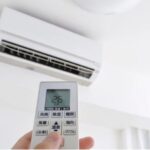There’s a “secret” button that many people may not know about, which can significantly reduce electricity costs. It’s the temperature control button. Depending on the washing machine model, the temperature control button will be in different locations, but it’s extremely easy to find.
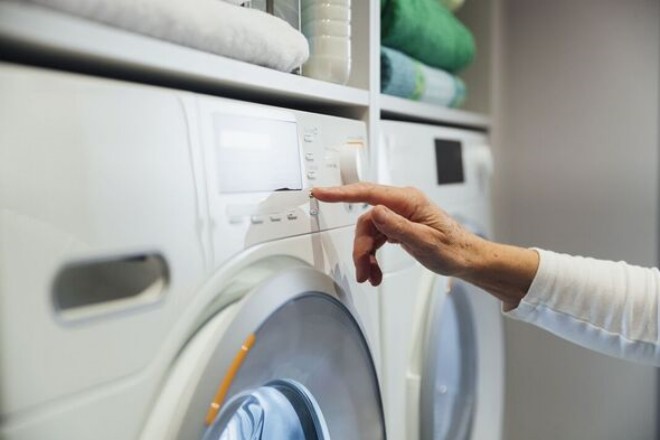
Recently, Beth, a mother of two from the UK, shared a trick to save electricity on her washing machine via social media. She pointed out that most washing machines are automatically set to wash with 40-degree hot water, which consumes more energy than regular cold water washing. However, many people forget to adjust the temperature and simply load the machine and press start.
Beth suggests lowering the temperature to 20 degrees by pressing the appropriate button. Reducing the washing temperature from 40 to 20 degrees can decrease operating costs by an average of 62%.
An appliance company explained: “This is because the washing machine requires less energy to heat the water and then cool it down.” This also doesn’t affect the quality of the wash, as most detergents today can disinfect and remove stains at lower temperatures.
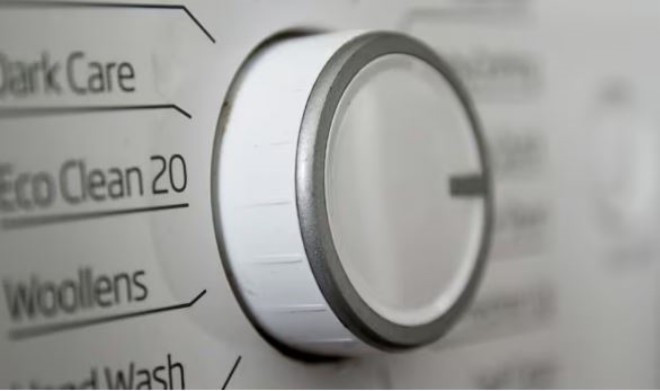
According to cleaning experts, 20 degrees is a sufficient temperature for washing clothes. They explained: “When it comes to electricity bills, a regular wash cycle can be energy-intensive. Choosing to wash with cold water can significantly reduce these costs. Switching from a 40-degree Celsius wash to a 20-degree Celsius wash can save you 62%”.
Moreover, cold-water washing is better for the environment and helps prevent clothes from shrinking. So, if possible, you can also turn off the water heating function on your washing machine.
However, for children’s clothing, bed linens, and towels, it’s recommended to use hot water to ensure that all bacteria are killed during the washing process.
Other ways to save electricity and water in your washing machine
– Choose the appropriate water level
Washing machines typically have at least three water levels for each wash cycle. When washing a small load of clothes, select the lowest water level, and for larger loads, choose a water level that’s just enough for the amount of clothes.
Choosing the right water level not only saves water but also reduces wash time, leading to more efficient use of electricity and water.
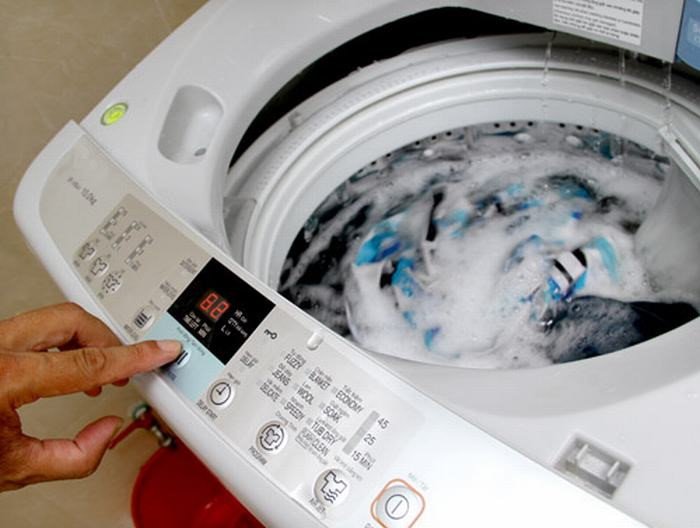
– Select the suitable wash cycle
For small loads of laundry, use a gentle wash cycle with the lowest water level. For larger loads, you can estimate the appropriate wash cycle without choosing an unnecessarily long one.
However, for items like bed linens, blankets, and pillows, a stronger and longer wash cycle is necessary. In this case, don’t skimp by choosing a gentle or quick wash, as it may not effectively clean these items.
– Use the right detergent
It’s not a coincidence that manufacturers offer detergents specifically designed for washing machines. These detergents not only help protect the machine during operation but also provide better cleaning performance compared to regular detergents.
Therefore, it’s recommended to use detergents specifically designed for washing machines to improve cleaning efficiency and save electricity and detergent. Also, use the appropriate amount of detergent for the amount of laundry you’re washing.
– Choose the right spin cycle
The spin cycle usually goes hand in hand with the pre-set wash program, but you can customize it to suit your needs.
For items like bed linens, blankets, and towels, select the highest spin speed to save electricity when using a dryer. For thin and small items or smaller loads, choose a lower spin speed.
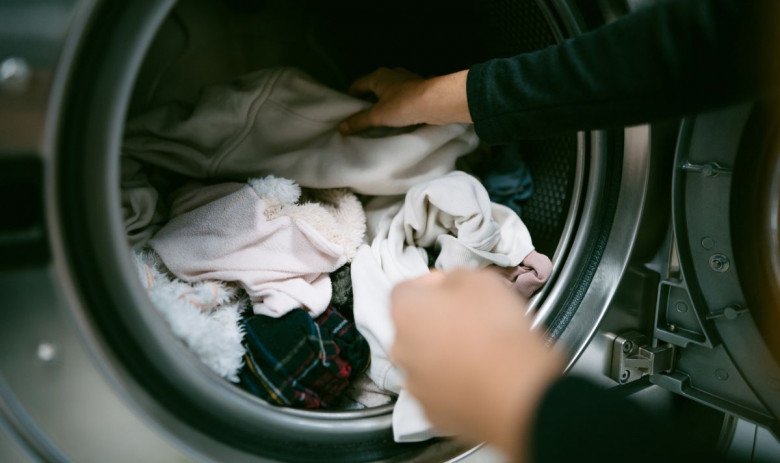
– Don’t wash with too little or too much laundry
Each washing machine has a specific load capacity, so don’t wash with too few or too many items. Doing so can affect the cleaning performance and also waste electricity, leading to faster deterioration of the machine.
Therefore, if you have a small load, consider waiting for 2-3 days’ worth of laundry before running the machine, or if you have a large load, divide it into 2-3 separate washes. This will help you save electricity and also prolong the life of your washing machine.
– Use an energy-efficient washing machine
Newer washing machines are equipped with features that support energy and water savings, such as inverter technology and dirt sensors. Opt for energy-efficient models to maximize your savings.
– Unplug the machine when not in use
Many people leave their washing machines plugged in at all times, which can be dangerous and affect the machine’s lifespan. Additionally, even when not in use, a small amount of electricity is still being consumed. Therefore, always unplug the machine from the power source when not in use to ensure safety, prevent energy waste, and prolong the life of your appliance.


























